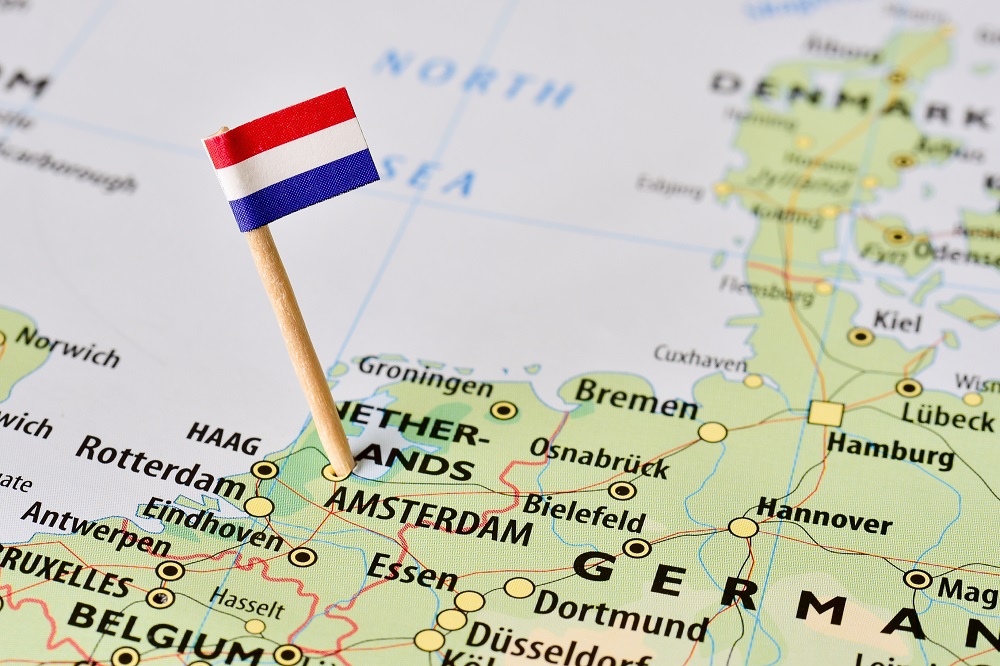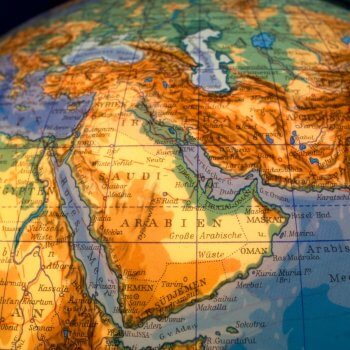
International design filing under the Hague System – an introduction
1 October 2013, Brussels
Belgium’s recent decision to sign up to the Hague Agreement on the international registration of industrial designs and the anticipated participation of both the US and the UK demonstrates the growing strength and utility of this system to design owners.
The Hague System: what is it?
The Hague Agreement puts in place a system that allows a designer to obtain design protection in one or more ‘Contracting States’ via a single centralised application to the World Intellectual Property Office (WIPO), rather than needing to make separate national applications in each of those Contracting States.
Why is it useful?
By enabling multi-national design applications through a single procedure, the Hague system offers a simple, inexpensive procedure for design filing and post-grant management. Designers are only burdened with one application, at one office, in one language and upon payment of one set of fees. The system also allows for the filing of up to 100 different designs (provided all are in the same Locarno class) in a single application. Furthermore, since the system is operated by a single body, the WIPO, the design owner can, for instance, request renewal of the design or register changes to its details centrally.
The number of international design applications has steadily risen in the last few years and there are now 60 Contracting States participating in the Hague system. One of these Contracting States is the European Union, and as such, a design owner can obtain protection throughout the EU (having the same effect as a Registered Community Design) and in many non-EU states by way of a single international application. The expected entry of key territories such as the US will of course make the Hague system even more attractive to designers whose reach extends beyond the EU.
How does it work?
International design applications are filed, in paper or electronically, with the International Bureau of WIPO (or some national offices) in French, Spanish or English.
It is possible to claim priority for an international application from an earlier filing provided that the international application is filed within six months of the earlier filing. The advantage of claiming priority is to obtain the benefit of an earlier filing date at which the validity of the design will be assessed.
The publication of the international registration will take place six months after the filing date of the application unless the applicant requests that the publication be deferred. The maximum deferment period allowed is subject to the law of each Contracting Party. Not all territories allow deferment, such as Singapore. For international registrations designating the EU, however, deferment is permitted for up to thirty months from the filing date or, where priority is claimed, from the priority date. An applicant may wish to defer publication to, for example, allow more time for development and market research before launching its product, whilst still being assured of a secure filing date.
The term of protection granted to an international registration is five years but may be renewed for one or more additional terms of five years up to the expiry of the total term of protection allowed by law in the Contracting State in question (for instance, 25 years in the EU).
Originally published in DesignWrites 2nd Edition.








